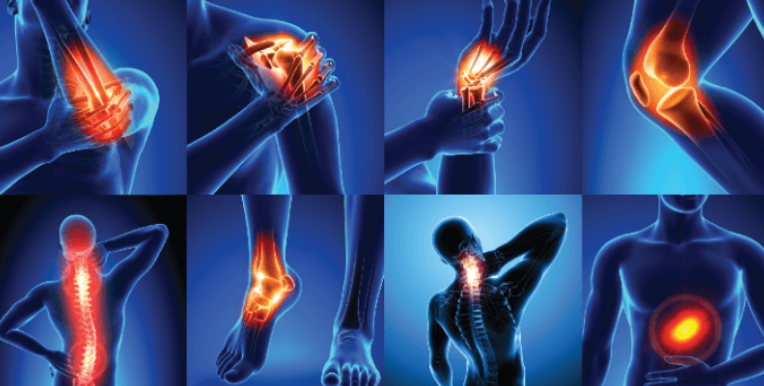Three Reasons To Avoid Steroid Injections For Joint Pain
The traditional approach to treating pain involves masking pain without addressing underlying causes. This provides short term relief but fails at helping adults keep active and maintain their lifestyle as they get older. Steroid injections for joint pain are one of the common treatments recommended by medical doctors to treat joint pain.
When making the recommendation, doctors often gloss over many of the serious side effects of such treatments. They also neglect to mention their failure for long term pain relief. In this article I'll discuss why I would never recommend steroid injections as a treatment for joint pain.
Steroid Injections Damage Cartilage
Most joints are lined with articular cartilage. This thick piece of cartilage covers the surface of your bones to allow for easier movement and less friction. Damage to articular cartilage leads to more pain, stiffness, and worsening arthritis. Repeated steroid injections a joint have shown to lead to faster deteriation of this important piece of cartilage. This leads to WORSE outcomes for patients.
Read More About How Steroid Injections Damage Articular Cartilage
Steroid injections damage joint cartilage leading to more pain.
Doesn't Fix The Problem
Masking pain with pills and injections is one of the worse things you can do for joint pain. Think of pain as your check engine light. It lets you know that something is wrong. While it's possible to ignore your check engine light or simply 'cover it up', it doesn't fix the problem. This will ALWAYS lead to a bigger issue later on down the line. Steroid injections for joint pain help relieve pain, but won't solve the underlying cause of your pain. The longer the underlying cause of pain goes untreated, the worse outcomes you can expect.
Steroid injections mask pain without fixing the problem.
Your First Step To Surgery
Because steroid injections for joint pain fail to fix the problem, it's highly likely that your pain will come back once the steroid wears off. This will lead your doctor to recommend another steroid injection. As we know, repeated injections have shown to speed up the arthritic process as well as lead to tendon weakening and rupture.
After a few rounds of fail steroid injections, surgery is presented as the only other option. Surgery for joint pain also have a poor record of being effective in the long term. Because of the huge expense, serious side effects, and limited benefit, surgery should avoided at all costs.
Steroid injections are often followed by surgery in the traditional medical model.
A Better Approach To Treating Joint Pain
As mentioned above, assessing and addressing underlying causes of joint pain will lead to much better outcomes. For most adults, this means limiting impact that goes through your joints. This can only be accomplished through improving movement and building strength. Building strength to support your favorite activities is the BEST way to overcome joint pain and maintain your lifestyle as you get older.
Get Started On You Free Program To Solve Joint Pain
Improving movement and strength is a much more effective way to treat joint pain.
The traditional medical approach to treating joint pain has it all wrong. While a steroid injection for joint pain may seem like a quick fix for pain - the long term outcomes often leave you in MORE PAIN. A better approach involves finding and treating underlying causes of your joint pain. For many this involved limiting impact on your joints by improving movement and strength.
For the last 10 years I've been helping adults solve joint pain without pills, injections or surgery. I've put together a free, step-by-step program to help you get started treating your joint pain from home. Download it below.






